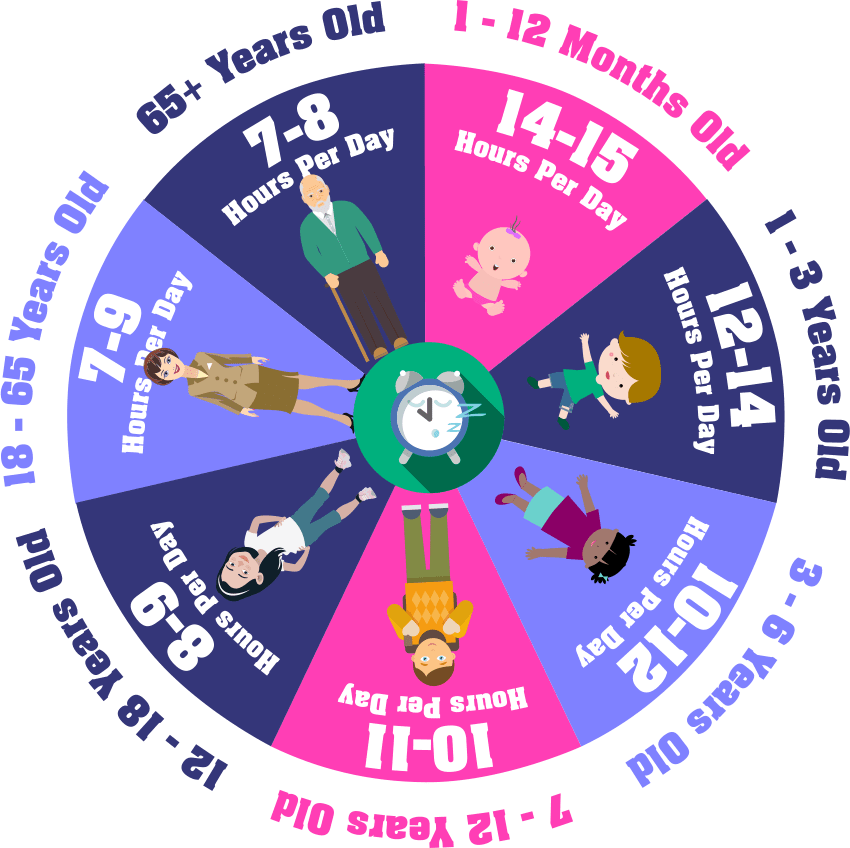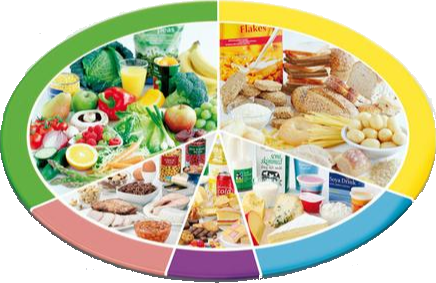Healthy Me
Being healthy involves:
- Getting enough sleep
- Exercising regularly
- Looking after our teeth
- Eating healthily and having a balanced diet
- Having good personal hygiene
Getting enough sleep
Sleep is more important than you may think. Can you think of a time when you didn't get enough sleep? That heavy, groggy feeling is awful and, when you feel that way, you're not at your best.
How much sleep do you think you should be getting?
Short breaks in learning can be helpful in maintaining focus and concentration. These are sometimes referred to as brain breaks and are a short burst of activity which allows for the blood to pump and the brain to be stimulated. Here are some different resources to support you.
Exercising regularly
Children should do at least one hour of physical exercise a day.
Here are a few other ideas that you could do:
Play sports alphabet - choose a sport beginning with each letter of the alphabet. Take turns and when the other person is thinking the person who is waiting their turn has to either run on the spot or do jumping jacks.
Play sports charades - act out a sport for others to guess what you are doing.
Count the heartbeats - Set a timer for one minute and count your heart beat/pulse. Repeat after doing a range of activities. E.g. compare to after a minute of jumping, a minute running etc. Which activity causes your heart to beat faster? Younger children could just do a comparison of how they feel.
Download gonoodle app for dance and games based activities
Looking after your teeth
Teeth are very important and you need to take really good care of them because they need to last you your whole lifetime.
The things that you can do to make sure your teeth are healthy include:
- Eating healthy snacks and not too many sweets
- Brushing your teeth for at least two minutes, twice a day using a pea-size squirt of fluoride toothpaste, avoid rinsing your mouth as this washes the fluoride away! (Tip: an egg timer is a useful for measuring two minutes)
- Changing your toothbrush every three to four months to stop them wearing out
- Making sure you brush every bit of each tooth – front and back, top and bottom!
- Visiting your dentist at least once a year
If you don’t have a dentist, your Parent/Carer can visit NHS Choices or contact 111 to find one nearby.
Shine time
Our friendly hippo dentist, Dr Bobby Swirl, needs your help on his mission to clear the sugary ‘invaders’ and defend mouths against the build-up of plaque before it attacks and damages teeth. Are you up to the challenge?
Eating healthily and having a balanced diet
We all need to eat a good diet to keep us fuelled up with the energy we need for daily life, and the nutrients to help us fight infection and protect against health problems. But what exactly is a healthy diet?
The Department of Health has developed the ‘Eatwell’ plate to help. (click for an interactive healthy plate)
It works for everyone over the age of five
The plate shows a diet that’s low in fat and high in fibre – what we should all be aiming for:
Plenty of fruit and vegetables. We should eat at least five portions of a variety of fruit and vegetables each day. Fresh, frozen, canned, dried and juices all count – but remember, fruit juice only counts towards one portion, no matter how many glasses you have.
Plenty of potatoes, bread, rice, pasta and other starchy foods. We should aim to get these types of foods into every main meal and sometimes also in snacks (around three or four portions per day). Go for wholegrain options like wholemeal bread, brown rice and wholewheat pasta when you can, as these contain more fibre and nutrients
Some milk and dairy foods. We should have two or three portions of these each day. This includes the milk on your cereal, a yoghurt, the cheese in your sandwich or a pudding made from milk like rice pudding or custard
Some meat, fish, eggs, beans and other non-dairy sources of protein. We should include around two portions of these foods in our diet each day. These foods are usually eaten at meal times: the chicken from a Sunday roast, minced beef in a spaghetti bolognaise, the salmon in a fish pie, the eggs in an omelette and the lentils in a vegetarian curry
Just a small amount of foods and drinks high in fat or sugar. It’s ok to have these foods every now and again, but too often can lead to weight gain, an unhealthy heart and tooth decay.
Tips
- It doesn’t matter if you don’t manage this sort of balance every single day – think about the whole week
- Try to eat lots of different foods. The bigger the range, the better your balance of nutrients will be
- You can have pudding in a healthy diet! Pack them full of fruit, some milk, dairy or starchy food and not too much fat and sugar.
- It’s not just about what children eat – how they eat is important too.
Why each food group is important
Fruit and vegetables: for vitamin A and C, minerals like zinc and iron, and dietary fibre.
Potatoes, bread, rice, pasta, breakfast cereal and other starchy foods: for energy, carbohydrate, fibre and B vitamins. Breakfast cereals are often fortified with extra nutrients, but stick to those with a low or medium sugar content and avoid the chocolate-covered varieties
Milk and dairy foods: for energy, protein, calcium and vitamin A
Meat, fish, eggs, beans and other non-dairy sources of protein: for protein, iron and zinc. Oily fish is part of this group and is important because it provides omega 3 fatty acids, vitamin A and vitamin D.
Having good personal hygiene
Personal hygiene is how you care for your body. This practice includes bathing, washing your hands, brushing your teeth, and more.
Every day, you come into contact with millions of outside germs and viruses. They can linger on your body, and in some cases, they may make you sick. Personal hygiene practices can help you and the people around you prevent illnesses. They can also help you feel good about your appearance.
Learn more about why hygiene is so important, the best ways to practice it, and how you can change your habits to make yourself feel and look better.
Toilet hygiene
Wash your hands after you use the toilet. Wash with soap for 20 to 30 seconds, and be sure to clean between your fingers, on the back of your hands, and under your nails. Rinse with warm water, and dry with a clean towel.
If you don’t have running water or soap, an alcohol-based hand sanitizer will also work. Use one that’s at least 60 percent alcohol.
Shower hygiene
Showering with soap helps rinse away dead skin cells, bacteria, and oils.
You should also wash you hair at least twice a week. Shampooing your hair and scalp helps remove skin buildup and protects against oily residues that can irritate your skin.
Nail hygiene
Trim your nails regularly to keep them short and clean. Brush under them with a nail brush or washcloth to rinse away buildup, dirt, and germs.
Tidying your nails helps you prevent spreading germs into your mouth and other body openings. You should also avoid bitting your nails.
Teeth hygiene
Good dental hygiene is about more than just pearly white teeth. Caring for your teeth and gums is a smart way to prevent gum disease and cavities.
Brush at least twice a day for 2 minutes. Aim to brush after you wake up and before bed. If you can, brush after every meal, too. Floss between your teeth daily, and ask your dentist about using an antibacterial mouthwash.
These two steps can help prevent tooth decay and eliminate pockets where bacteria and germs can build up.
Sickness hygiene
If you’re not feeling well, you should take steps to keep from spreading germs to others. This includes covering your mouth and nose when sneezing, wiping down shared surfaces with an antibacterial wipe, and not sharing any utensils or electronics. Also, immediately throw away any soiled tissues.
Hands hygiene
Germs on your hands can easily enter your body through your mouth, nose, eyes, or ears. Wash your hands:
- when you handle food
- before you eat
- if you handle garbage
- when you sneeze
- any time you touch an animal
- after using the toilet
Likewise, wash your hands after changing a baby’s nappy, helping someone clean themselves, or when cleaning a cut or wound.



